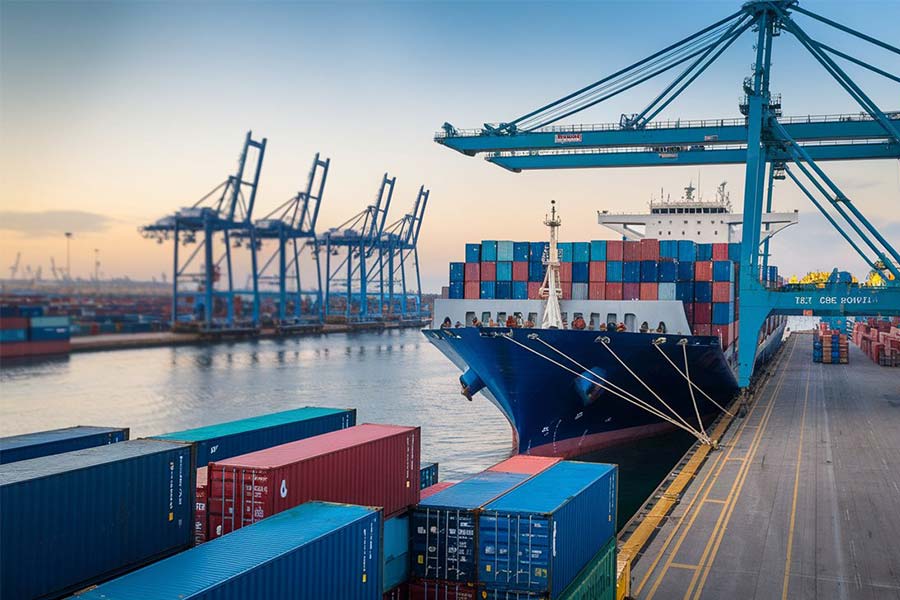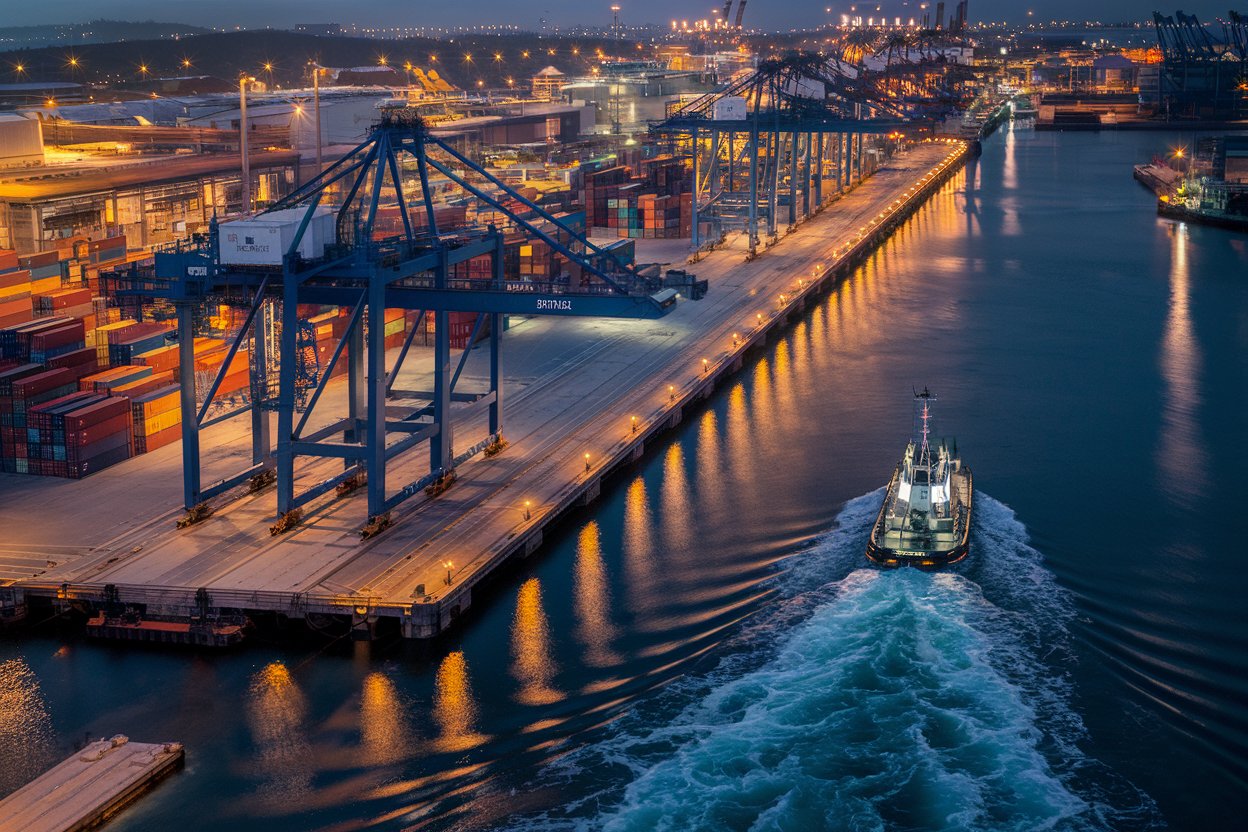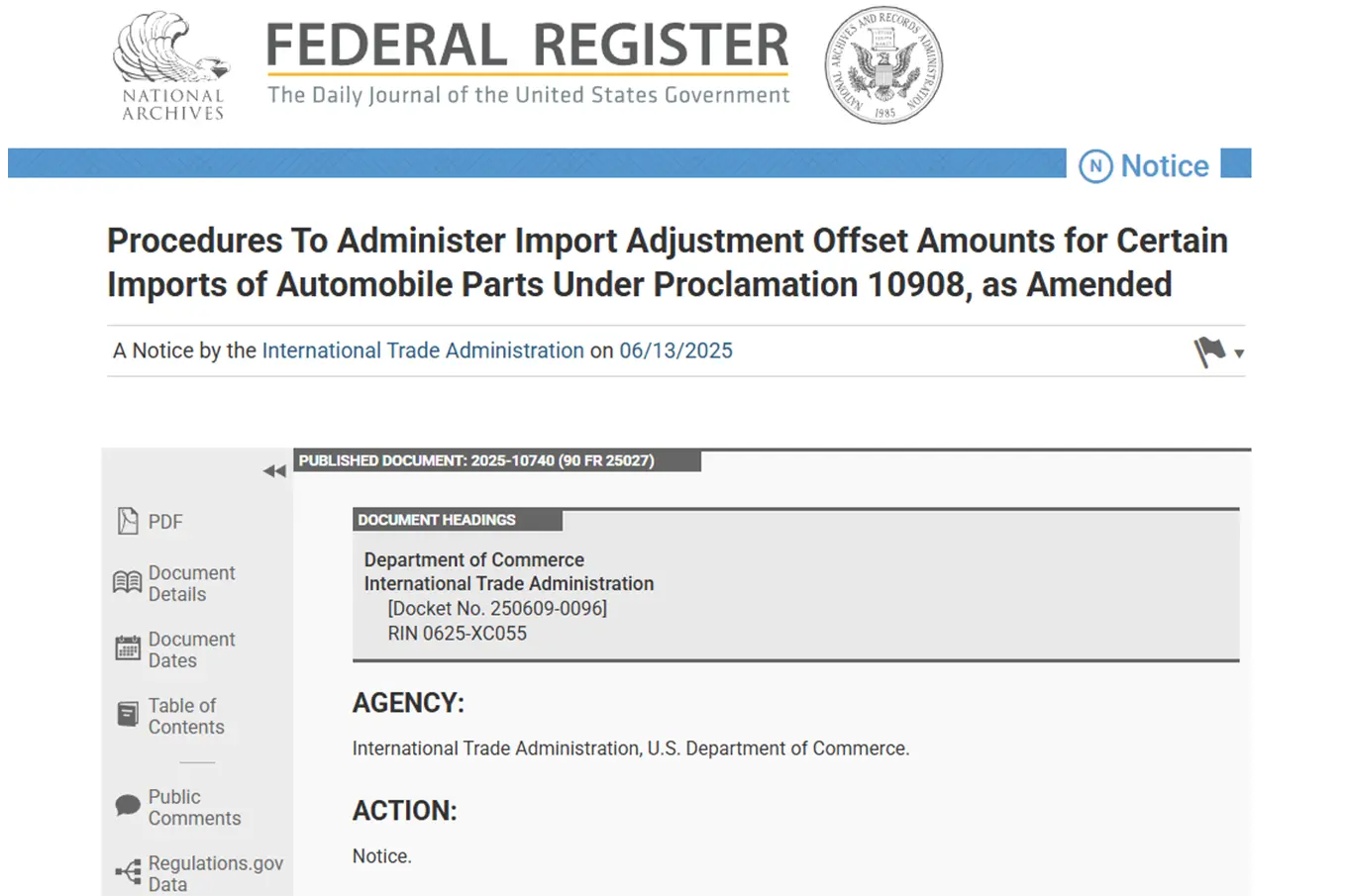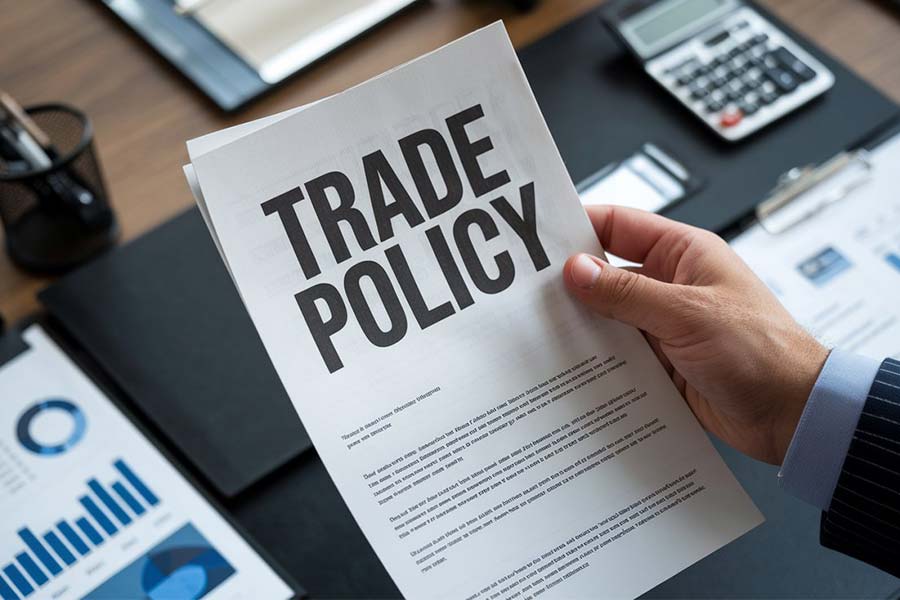- Shanghai Zhongshen International Trade Co., Ltd. - Two decades of trade agency expertise.
- Service Hotline: 139 1787 2118
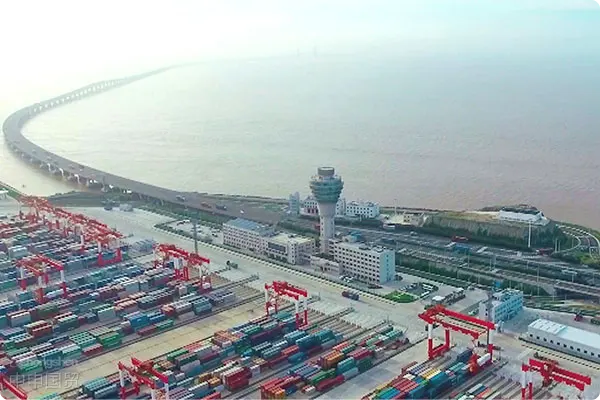
Contents
ToggleImport RepresentationThe Nature and Composition of Fees
In international trade practice,Equipment ImportsThe agency fee is not a simple percentage-based commission, but ratherQuantitative Measurement of Professional Service ValueAccording to the latest research data from the China International Chamber of Commerce in 2025, typical agency fee structures generally include:
- Basic service fee (accounting for 60-75% of the total amount)
- Customs clearance document preparation and declaration
- Risk Review of Trade Terms
- Foreign exchange receipt and payment supervision
- Value-added service fee (accounting for 25-40% of the total amount)
- Special Document Authentication Service
- Verification of technical parameter compliance
- Supply Chain Finance Solution Design
Five Core Factors Influencing the Rate
Procurement data from a multinational engineering group in 2025 reveals significant variations in agency fee rates across different types of equipment:
- Equipment complexity:Conventional machine tools (1.2-1.8%) vs. precision instruments (2.5-3.5%)
- Trade Risk Level:Mature markets (base rate) vs. Emerging markets (+0.5-1.2%)
- Single batch value:Below $5 million (tiered rates) vs. multi-million dollar orders (custom rates)
- Service Period:Regular customs clearance (standard fee) vs. Full-process hosting (all-inclusive package price)
- Enterprise Credit Qualification:Listed companies (rate discounts) vs. newly established enterprises (risk premiums)
Industry Benchmark Rates and Negotiation Strategies
According to the 2025 General Administration of Customs filing data, the benchmark agency fees for major equipment categories are as follows:
- General Equipment Manufacturing: 1.5-2.3%
- Specialized Equipment Manufacturing Category: 2.0-3.0%
- Precision instruments and meters: 2.8-3.8%
- Complete production line equipment: 1.8-2.5% (including technical documentation review)
It is recommended that enterprises adoptService Module Decomposition MethodConduct negotiations: Break down and negotiate prices for basic customs declaration, logistics transportation, technical certification, and other processes, request discounts for repetitive standardized services, and apply reasonable premiums for customized value-added services.
Three Practical Techniques for Cost Optimization
- Step-rate agreement:
- Annual import volume reaches $3 million: Base rate reduced by 0.3%.
- Single batch value exceeding 5 million: activate the segmented reduction mechanism.
- Risk-sharing mechanism:
- Due to agent's error causing port congestion: negotiation on cost-sharing ratio.
- Technical Parameter Dispute Resolution: Establishment of a Special Service Guarantee Fund
- Digital risk control management:
- HS Code Pre-Review System Access
- It is recommended to verify through the following methods:Ming Electronic Verification
Rate Reform Under New Service Models
By 2025, leading agency firms have already launched.Pay for PerformanceInnovative model:
- Clearance Time Guarantee: 20% service fee refund if the agreed time limit is not met.
- Tax Optimization Commitment: 15-20% of the actual tax savings as a bonus.
- Supply Chain Visibility Management: A service fee of 0.5% is charged for every 10% reduction in inventory costs.
It is recommended that enterprises focus on the following aspects when selecting agency services:Risk control abilityRather than simply comparing rate percentages, high-quality agents typically have an error rate 40% lower than the industry average, helping to avoid potential hidden costs such as high demurrage fees and customs penalties.
Related Recommendations
? 2025. All Rights Reserved. Shanghai ICP No. 2023007705-2  PSB Record: Shanghai No.31011502009912
PSB Record: Shanghai No.31011502009912
